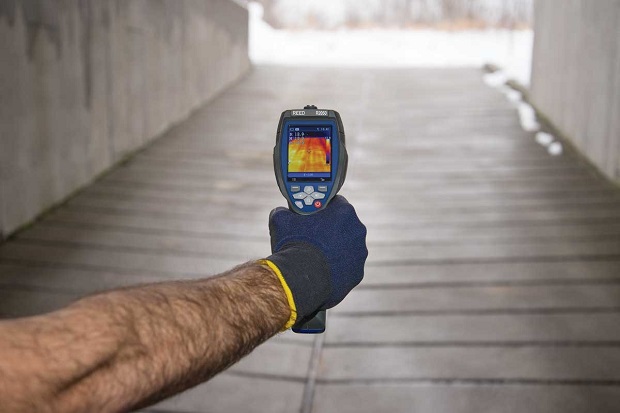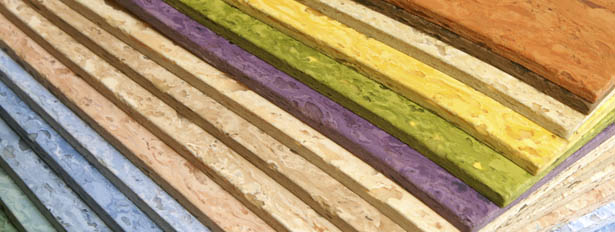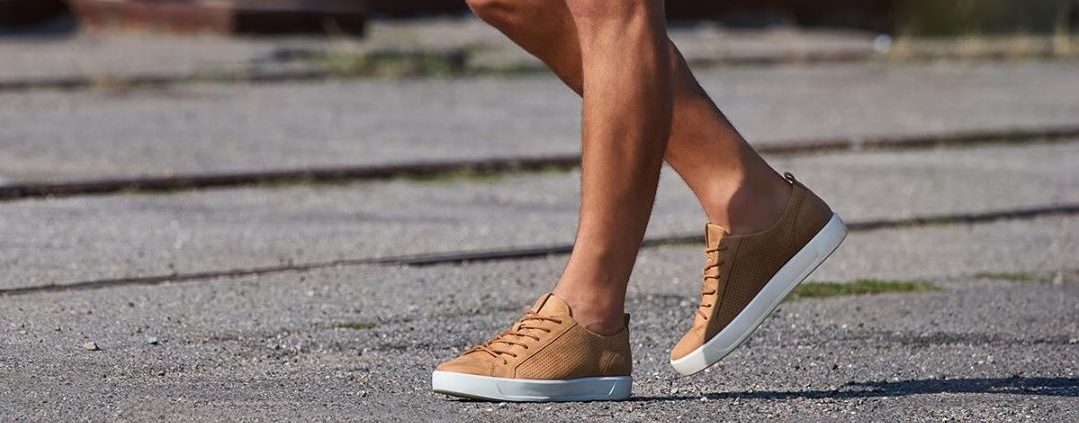How to Choose a Quality Thermal Imaging Camera
Structural damage, electricity failures, plumbing faults, thermal loss and moisture intrusions are just some of the problems a building can develop over time. Unfortunately, we aren’t able to see most of these issues as they happen behind walls or within pipes. Luckily, with the help of thermal imaging cameras, we can precisely track these down problems before they threaten the functionality and safety of the building.
Thermal imaging cameras work similarly to digital cameras, with the difference that they use infrared rays to detect heat changes behind the surface of structures. In a way, with the help of a thermal imaging camera, people can experience what it’s like to have X-ray vision. With the advances in infrared technology, today there are a variety of thermal thermal imaging cameras for sale to choose from. In order to pick the right one, it’s important to consider several factors.

Detector Resolution
Different thermal imaging cameras for sale produce different image resolutions. If you’re a professional that needs to perform an energy audit or a complete building inspection, it’s important to purchase a camera that’s able to produce high-quality images that show the tiniest of details. Just like a regular camera, the image quality of thermal cameras is measured in pixels. So, the more pixels the better sharper the image will be. With that being said, it’s important to look for a high detector resolution and be careful not to confuse it with LCD resolution. The detector resolution is really the true resolution of the camera, whereas LCD resolution refers to the display’s capacity which is mostly irrelevant to your readings.
Accuracy
When it comes to assessing the conditions of a building, rarely is there any room for mistake. With that being said, when shopping for a camera make sure to check its accuracy spec. If it says plus or minus 5% or something higher than 2.2oC, keep looking for another device. Why? Because a 5% inaccuracy can mean being unable to detect some serious problems. With that being said, focus your search on reliable cameras with accuracy ratings of ± 2% or below 2.2oC.
Size and Weight
Because thermal imaging cameras are handheld tools, size and weight are a big concern. A camera that weighs 1kg can be quite a burden to carry around all day. Looking for lightweight designs is crucial unless you have no problem dealing with back and arm strain. What’s more, a small and compact camera will be easier to fit in your tool belt when you need to use your hands for different tasks.






